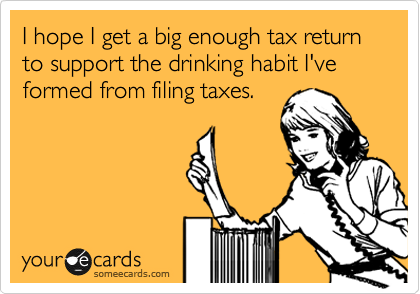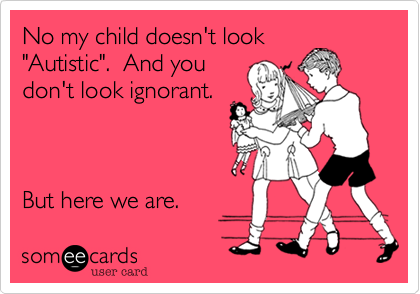Firstly, congratulations to the unsung heroes that put pressure on the government to keep the individualized funding in place. In most cases, it was not the large autism organizations that stood in for the photo ops that had the influence. To those who did the grunt work; Thank You! You know who you are.
Are we better off?
For those families willing to run home teams (Yes, it is a tremendous amount of work), their children will be better off. For those hoping for the Hub System, I personally believe that the government could never in a million years deliver the kind of treatment your child needs.
Is the battle over?
Not by a long shot. One of the issues that rarely gets talked about is the ravaging effects of inflation. The AFU funding was introduced in 2002 at the rate of $20,000 per year for those 6 and under and $6,000 for over 6 years of age.
To adjust for inflation, those figures for 2022 would be $30,344 and $9,103 respectively. Chew on that one for a while. Why is it that politicians’ salaries are worthy of inflation increases but not funding for kids with autism?
As we just witnessed, the government has the capability to remove funding at any time. As parents we need to remain vigilant and fight to get an inflation increase.
Diagnosis
Government talk of the past year would have you believe that a diagnosis is not required to access services. What load of garbage! How can you target treatment if you don’t have a proper diagnosis? Would you accept cancer treatment without knowing what type of cancer you have?
It continues to be that a proper diagnosis is in the best interests of your child. It is important for intervention, schooling, and taxation that you get this.
The wait for a Sunny Hill assessment continues to increase and is over two years! I highly recommend private assessments for no other reason than to access individualized funding as soon as possible.
Running a Home Team
So here we are, back at the beginning. Managing individualized funding is hard. In many cases, it is very hard. The truth is that parents are more capable of choosing an appropriate intervention than the government.
If you need help choosing options for individualized funding, join the Autism Support Network for guidance and to connect with other parents.


